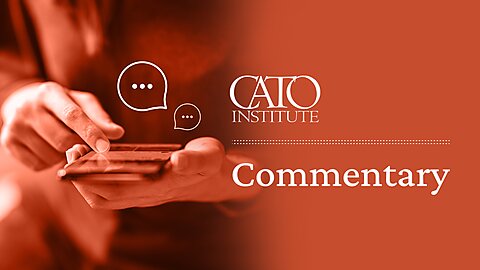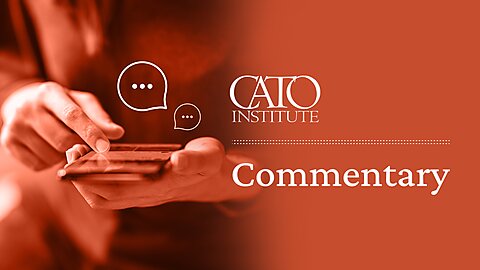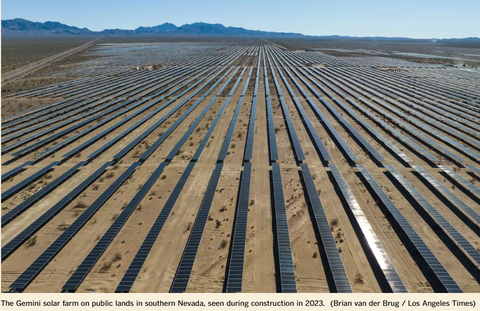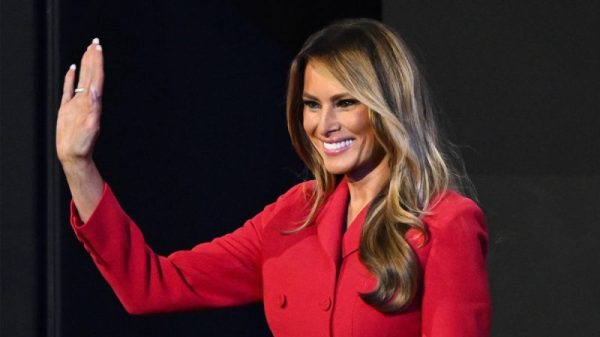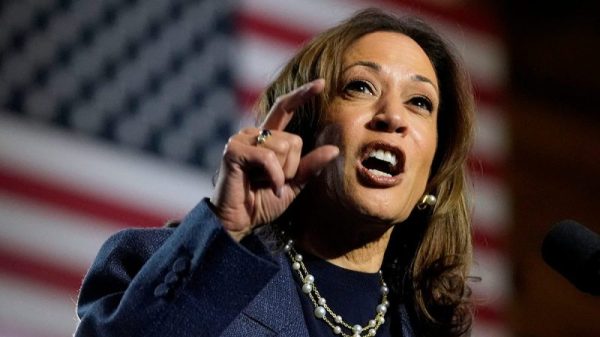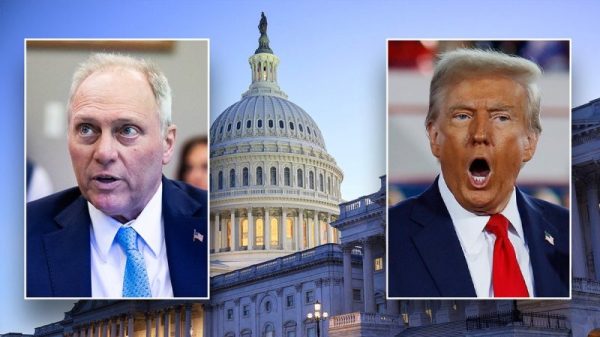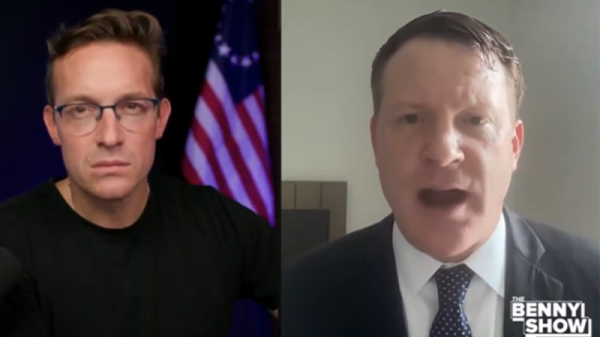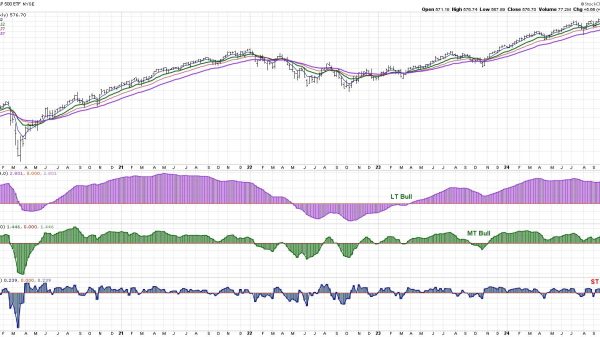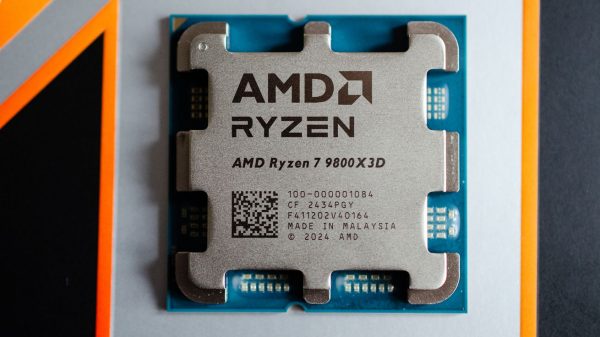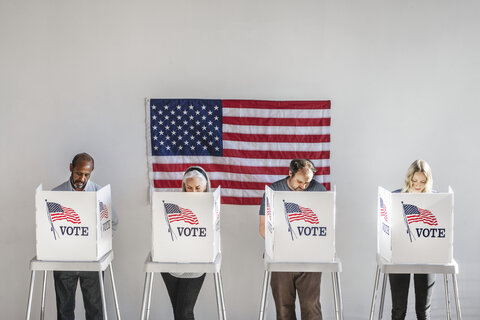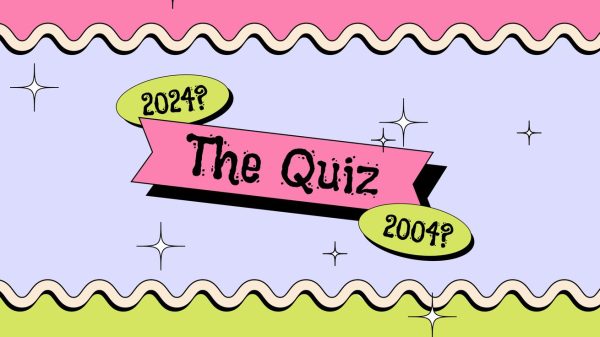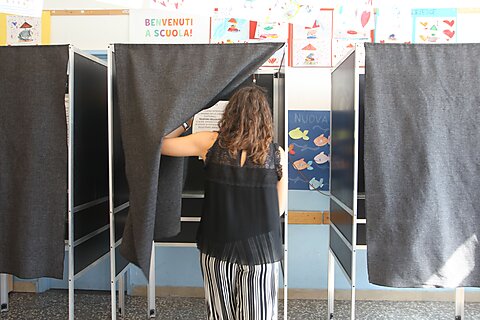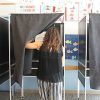Voters in six states (Nevada, Arizona, Colorado, Idaho, Alaska, and Montana) will consider versions of far-reaching primary reform next month. Last week, in the first of a series of posts, I examined how the single open-to-all nonpartisan primary at issue in these six states differs from the earlier reform idea of open primaries, which takes the form of a nominee-selecting primary for each party that is open to voters not registered with that party. The universal-primary model, I argued, succeeds in dodging both a philosophical objection to the open party primary, based on the principle of free association, and a cluster of practical problems related to tactical or insincere voting.
In this post I’ll examine two other alternatives to the conventional primary format and why they have not proved popular. One is what you might call the zero option, of simply doing away with the primary in favor of a one-time voter selection among a candidate field. The other is the “top two” system used in California and Washington, in which the state holds a nonpartisan primary from which the leading two finishers, of whatever party, advance to the general.
Doing away with primaries altogether might sound radical. Still, it was the historical norm until the Progressive movement a century ago, and it would have some advantages: taxpayers would save time and money, and voters might get a shorter campaign season if that is what they like. Indeed, many nonpartisan races continue to be handled that way, sometimes with a bare plurality deciding a winner in a crowded field. And that’s the first problem—in a field of two dozen mostly unknown candidates, someone with name recognition or a dedicated campaign team might slip through with 18 percent of the vote despite being sharply disliked by most voters. A runoff would help, but then you’re back to having two rounds, aren’t you?
Where candidates run on party lines, doing away with primaries means handing control of a valuable asset, ballot access in the general election, over to the internal processes of each party. Ballot-line access as a resource is typically guarded jealously, with rules and legal complications that tend to fence out small parties and independent candidates—that being among the chief institutional bulwarks of what some call the party duopoly. Discomfort with the backstage allocation of ballot access by party bosses, of course, was what led most jurisdictions to adopt party primaries in the first place.
Additionally, a winnowing stage does have some real benefit to voters. After the initial scrimmage, it allows them to focus on the few candidates who have a real chance of doing well, giving those candidates a longer time on the stage for the drawing of comparisons.
What about top-two, as practiced in California and Washington? Andrew Craig, writing in this space in 2022 and 2023, notes that the idea’s proponents, including then-California Gov. Arnold Schwarzenegger, “hoped to reduce partisan polarization and encourage moderation and bipartisanship.” Those are admirable aims. This year it’s on the ballot in South Dakota, and would be one of several options available to the legislature in Arizona to implement Proposition 140 should it pass.
In general, however, top-two has had sparse adoption over the past couple of decades, which is one clue that it hasn’t worked out as hoped. In particular, as Craig notes, “California has repeatedly ended up with a scenario where voters are forced to choose from two candidates, neither of whom represent the party preferred by most voters in the district.” That can happen when a crowd of candidates enters the race from the more locally popular party, while the less popular party fields only a couple. Even when a minority party does not come out on top, it’s, unfortunately, a feature of top-two that even large factions of voters may find themselves stranded with no candidate at all in the general reflecting their views, leading many to refuse to vote at that stage. To add one more indignity, top-two is vulnerable to tactical manipulation, seen recently in the California Senate race, in which supporters of a leading candidate maneuver to help a candidate they see as weak move up from third into second place.
In the next post, I’ll address why reform energy has moved on from the misfires of zero and two to higher numbers of finalists, in particular four and five, and where ranked-choice voting comes in.
While on the topic, Caleb Brown interviewed me about these subjects for a new Cato Daily Podcast, which you can listen to here.
For those local to the DC area, next Tuesday, October 22, I’ll be hosting a live screening of Majority Rules, a new documentary about the Alaskan reform experience, at Cato. Washington Post Senior Editor Libby Casey, who has covered Alaska politics, will also be on hand to help me lead a brief discussion afterward. It’s an in-person-only event for which you can register here.


